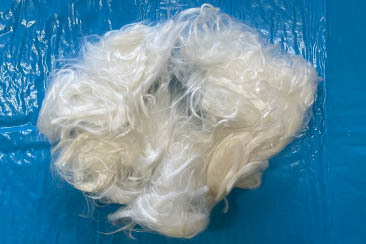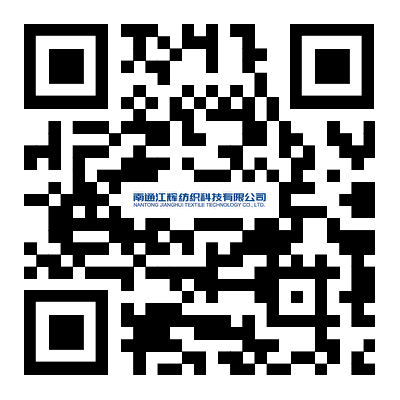What are the types and uses of medical excipients?
Release time:
2023-12-14
Introduction to medical excipients.
Medical excipients refer to medical materials used to cover ulcers, wounds, or other injuries. A series of problems such as skin trauma, burns, abscess ulcers, etc., such as bacterial infection, excessive loss of water and protein, endocrine and immune dysfunction, may seriously endanger life. Therefore, after skin injury, it is usually necessary to use skin substitute medical dressings to protect the wound, prevent wound infection and severe dehydration, provide a moist environment for wound healing, and promote wound healing. Including various wound patches, surgical patches, injection patches, plaster patches, etc.
Production of medical excipients.
The production process of medical dressings is similar to the die-cutting process of electronic accessories. After multiple processes such as compounding, die-cutting, and waste discharge, the finished product is ultimately produced directly, and some products will have additional hot pressing processes. As it is a medical product, it requires high requirements for raw material composition and production environment, requiring disinfection and sterilization.
Medical excipient die-cutting knife.

In recent years, medical dressings have developed rapidly, with new materials and products emerging one after another. The demand for die-cutting is also increasing, and it has broad market prospects in the die-cutting industry.
According to whether the ingredients contained in the product belong to drugs (medicinal excipients) specified in the drug approval number or pharmacopoeia, or extracts of Chinese herbal medicine (natural plants), disinfectants, preservatives, etc., please refer to Table 1 (including but not limited to). If one or more of the ingredients are included in the above ingredients, it is necessary to prove that the ingredient has not exerted pharmacological effects. For example, mint is a correct flavoring agent, or it is necessary to prove that it is not a medical device primarily focused on pharmacological effects, otherwise it is managed based on a combination of drugs and machinery or not managed as a medical device. If the following ingredients are added, the product shall not be managed as a Class I medical device.
2.2 Mechanism of action.
According to the definition of traditional Chinese medicine medical devices in the Regulations on the Supervision and Administration of Medical Devices, the effectiveness of medical devices is mainly obtained through pharmacology, immunology, or metabolism, or although these are involved, they only play an auxiliary role. For medical excipient products, if they play a major role, they are not managed as medical devices. If they only serve as auxiliary functions, they are produced through antibacterial (pharmacological) effects, resist inflammatory factors, promote tissue regeneration, induce tissue, accelerate skin metabolism, enhance cell repair function, and combine with surface cells to form new substances; If it is only used as an auxiliary function, it should be managed according to the combination of drugs and mechanical products; If the product is only absorbed by the human body and does not exert pharmacological effects, it should be managed according to Class III medical devices; If it has pharmacological effects, it should be managed according to the combination of drugs and machinery or not used as a medical device; If it is not absorbed by the human body and does not use pharmacology, it should be managed according to Class I or Class II medical devices.
Related News
2022-11-28



